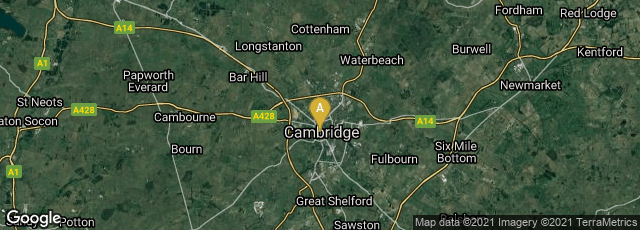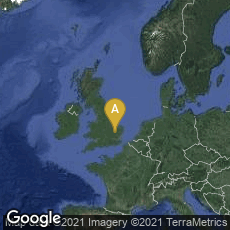

A: Cambridge, England, United Kingdom
Continuing their research on x-ray crystallography, the father and son team of physicists at Cambridge, William Henry Bragg and William Lawrence Bragg, constructed the first X-ray spectrometer using crystals as gratings, using a known wavelength to determine the distances between atomic planes—and thus the structure—of crystalline substances. By the end of 1913 the Braggs reduced the problem of crystal structure analysis to a standard procedure.
W. H. and W. L. Bragg, “The Reflection of X-rays by Crystals,” Proceedings of the Royal Society of London 88A (1 July 1913): 428-30 and 889A (22 Sept. 1913): 246-48.
The Braggs shared the 1915 Nobel Prize for Physics "For their services in the analysis of crystal structure by means of X-ray." They are the only father and son team to share a Nobel Prize. Lawrence Bragg is the youngest Nobel Laureate, having received the award at the age of 25. Nearly forty years later he was the director of the Cavendish Laboratory, Cambridge, when the epochal discovery of the structure of DNA was reported by James D. Watson and Francis Crick in 1953.